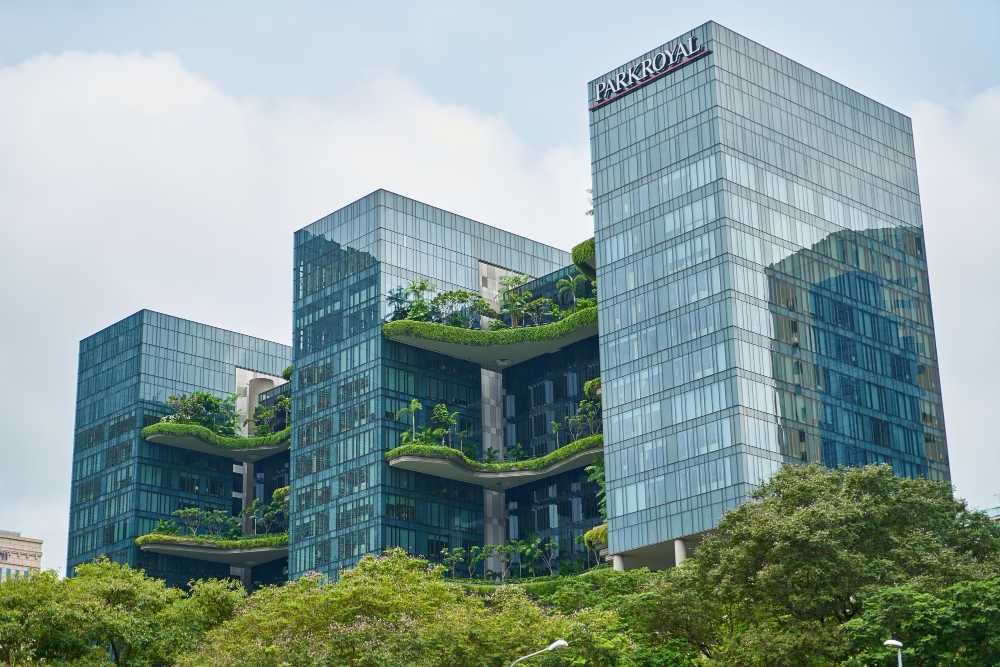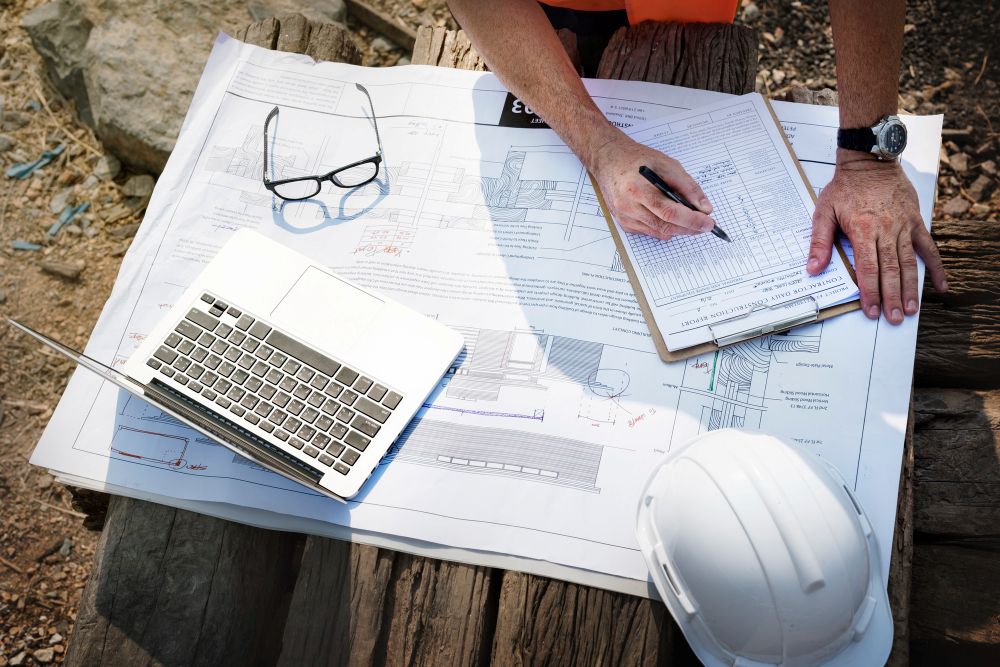
Urban Design Services That Meet Australian Green Building Standards
Discover how urban design services help meet Australian green building standards. Learn how Smart Planning and Design supports sustainable, compliant projects.
read more

Imagine a city where bus stops charge your phone, park benches monitor air quality, and kiosks guide tourists while collecting flood-risk data. This isn’t sci-fi—it’s today’s reality. As urban populations explode, smart street furniture quietly addresses critical challenges: connectivity gaps, environmental threats, and strained public resources. For city planners and developers, these unassuming installations are becoming the connective tissue of resilient, human-centric urban ecosystems.
Gone are the days of passive concrete slabs. Modern smart benches serve as multifunctional hubs. Solar-powered models like Barcelona’s Smart Solar Benches offer device charging, free Wi-Fi, and environmental sensors tracking humidity and pollution. In Boston, heated benches extend park usability through winter. These designs solve real problems: reducing e-waste (via on-the-go charging) and gathering hyperlocal climate data for urban forest planning. For architects, the challenge lies in blending tech invisibly into aesthetic forms—ensuring function doesn’t compromise beauty.
Once mere noticeboards, today’s kiosks are AI-powered urban assistants. New York’s LinkNYC kiosks replaced payphones with free calling, wayfinding, and emergency alert systems. More advanced versions, like Seoul’s touchscreen hubs, display transit times, local events, and even translate languages for tourists. Crucially, they anonymize foot traffic data to optimize bus routes or event planning. For technology providers, the focus is cybersecurity: ensuring data encryption while delivering real-time utility.
Public charging isn’t a luxury—it’s essential infrastructure. London’s Solar Trees in parks harness sunlight to charge 100 phones daily, while Copenhagen’s bicycle-powered stations reward cyclists with free device energy. For developers, placement is strategic: transit stops, parks, and public plazas maximize accessibility. Real estate teams increasingly lobby for these features; buildings near charging hubs see 12% higher footfall (JLL Research). The next frontier? Wireless charging embedded in tables and bus shelters.
Deploying smart furniture demands nuanced collaboration. Planners must navigate:
Seoul’s Digital Media Street offers a masterclass in integration. Its 200+ smart installations include:
Future trends demand attention:
Smart benches, kiosks, and charging stations are Trojan horses for urban transformation. They prove tech’s highest purpose isn’t flashy gadgets—it’s seamlessly elevating human dignity in shared spaces. For cities, investing in these micro-interventions today builds the inclusive, resilient foundations of tomorrow.

Discover how urban design services help meet Australian green building standards. Learn how Smart Planning and Design supports sustainable, compliant projects.
read more

Discover the benefits of mixed-use developments in town planning Australia. Learn how they boost convenience, sustainability, and community connection.
read more

Discover why feasibility studies are essential in town planning Australia. Learn how they save time, reduce risks, and improve approval chances.
read more